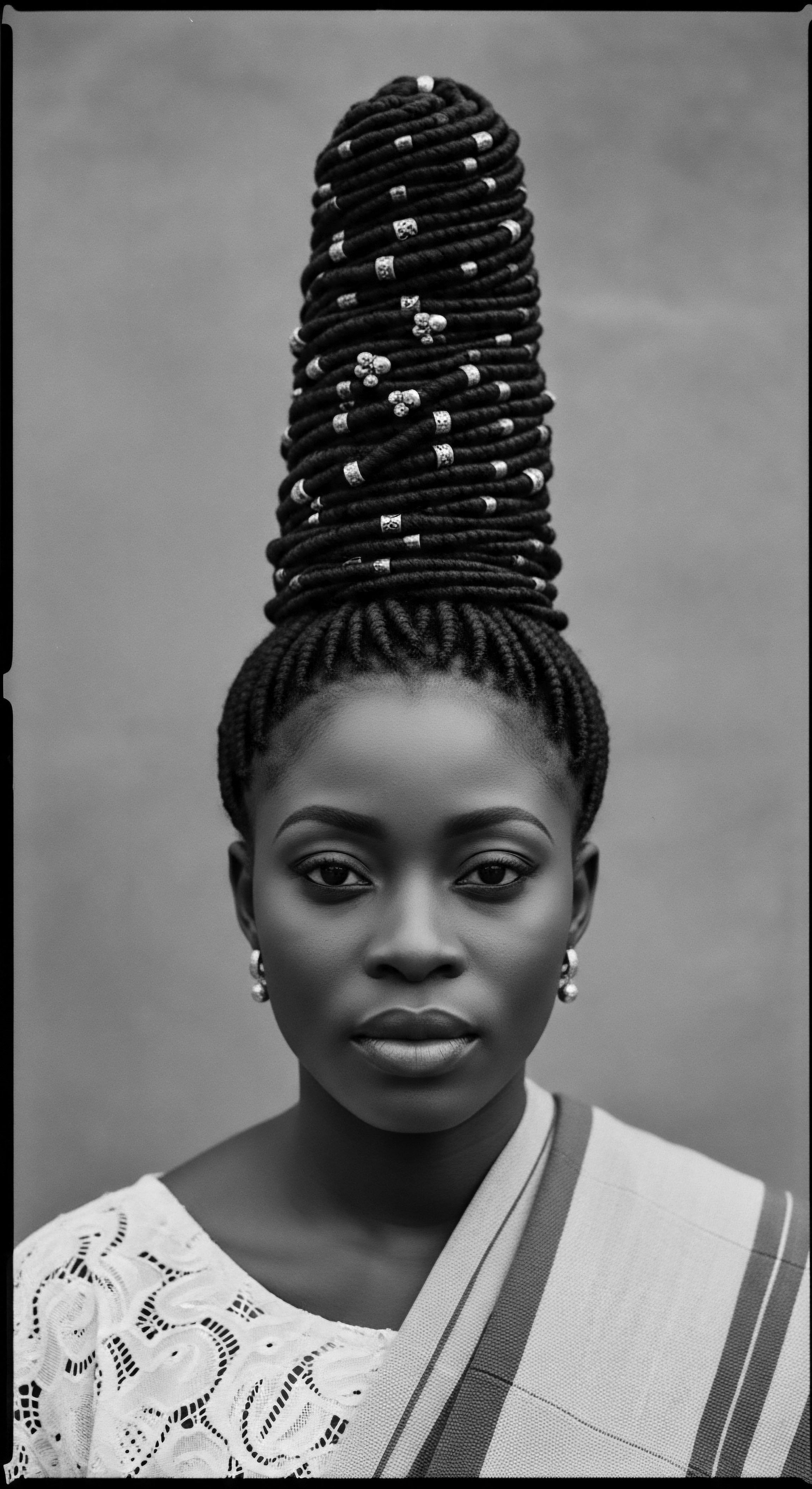
What traditional African plants are used for textured hair nourishment?
Traditional African plants offer deep nourishment, drawing on ancestral wisdom to enhance the strength and vitality of textured hair.
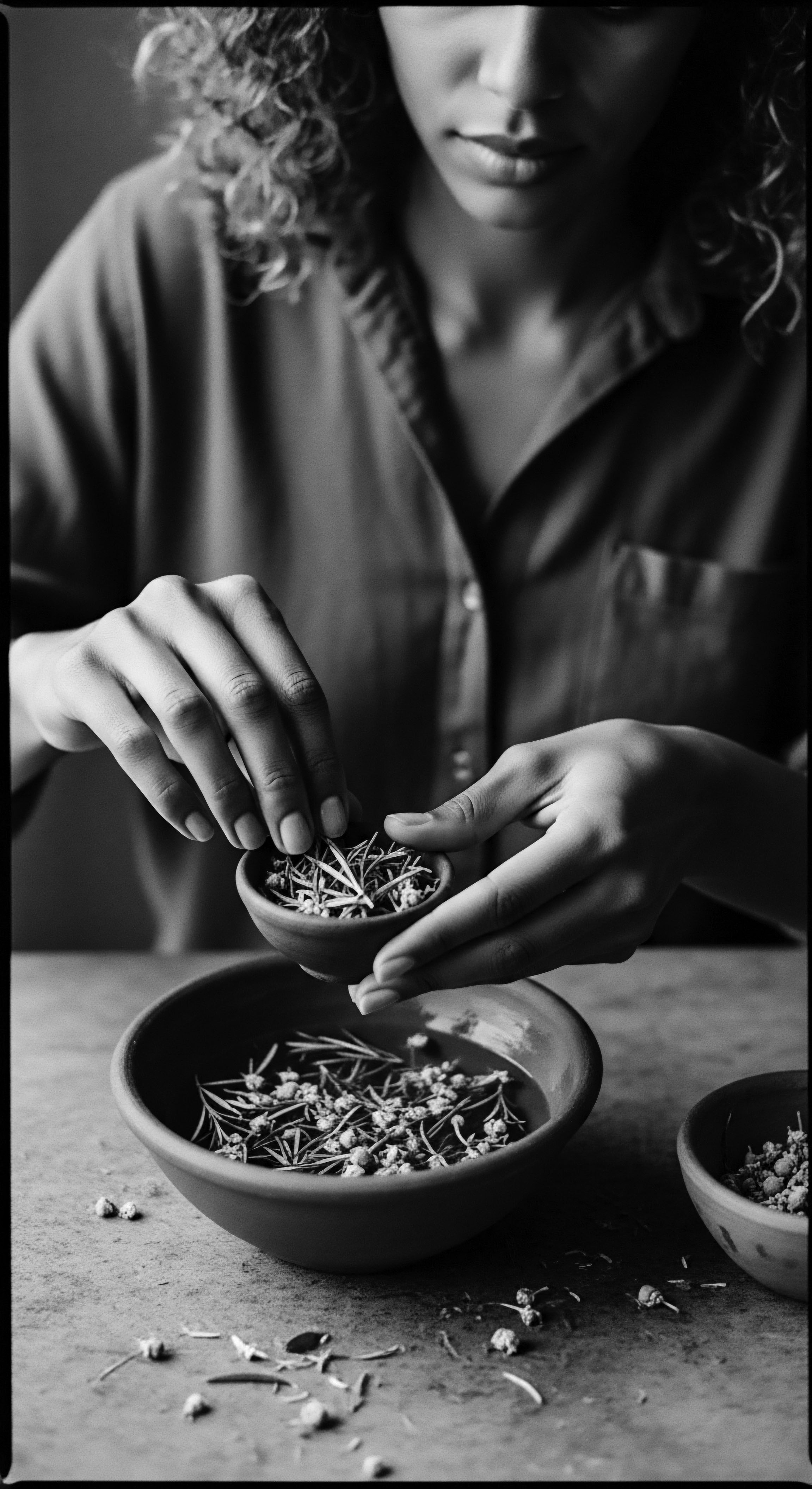
What is the historical connection between textured hair and Earth’s bounty?
Textured hair's heritage is interwoven with Earth's bounty, as ancestral practices consistently drew from natural elements for care and identity.
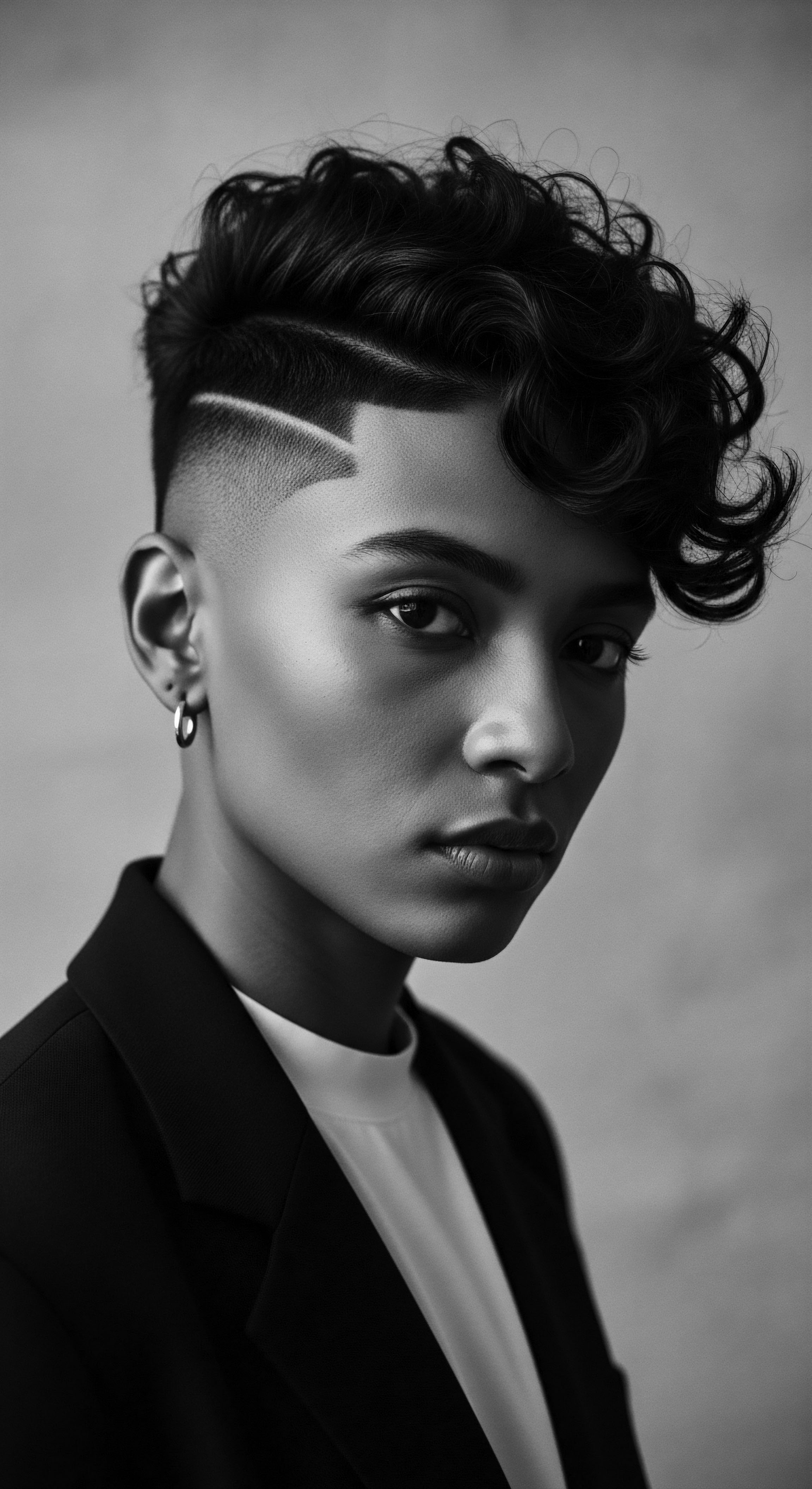
In what ways did textured hair serve as a symbol of identity and resistance throughout history?
Textured hair has served as a powerful, enduring symbol of identity and resistance throughout history, deeply rooted in ancestral heritage and cultural affirmation.

What is the lineage of textured hair cultural practices?
Textured hair cultural practices represent a rich heritage of identity, resistance, and communal care originating in ancient African societies.

What ancestral materials formed early textured hair combs?
Early textured hair combs were crafted from abundant natural materials like wood, bone, ivory, and shell, reflecting a profound heritage.
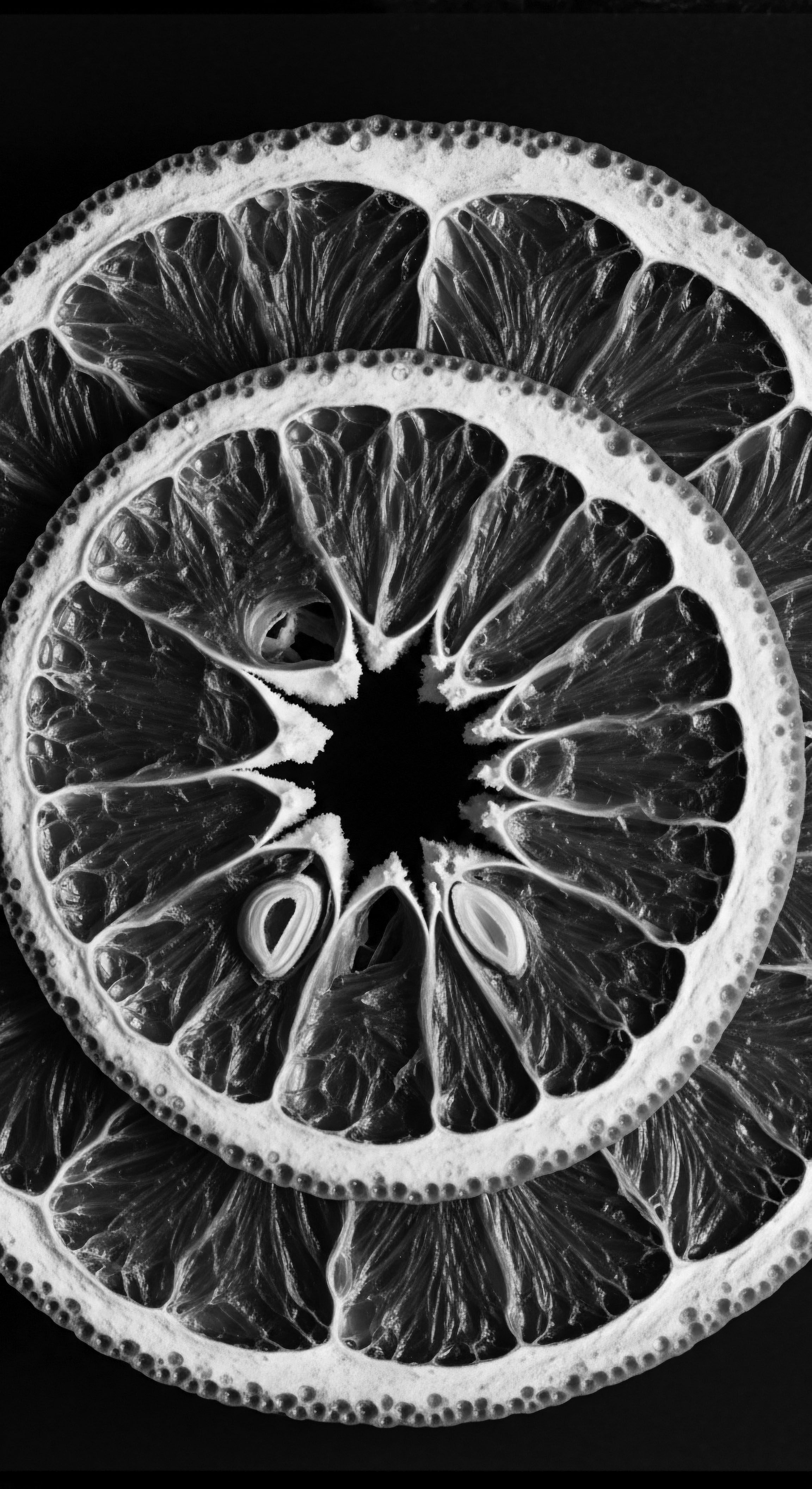
What is the heritage of plant-based hair washes globally?
Plant-based hair washes globally represent a profound heritage of natural care, deeply rooted in textured hair traditions.
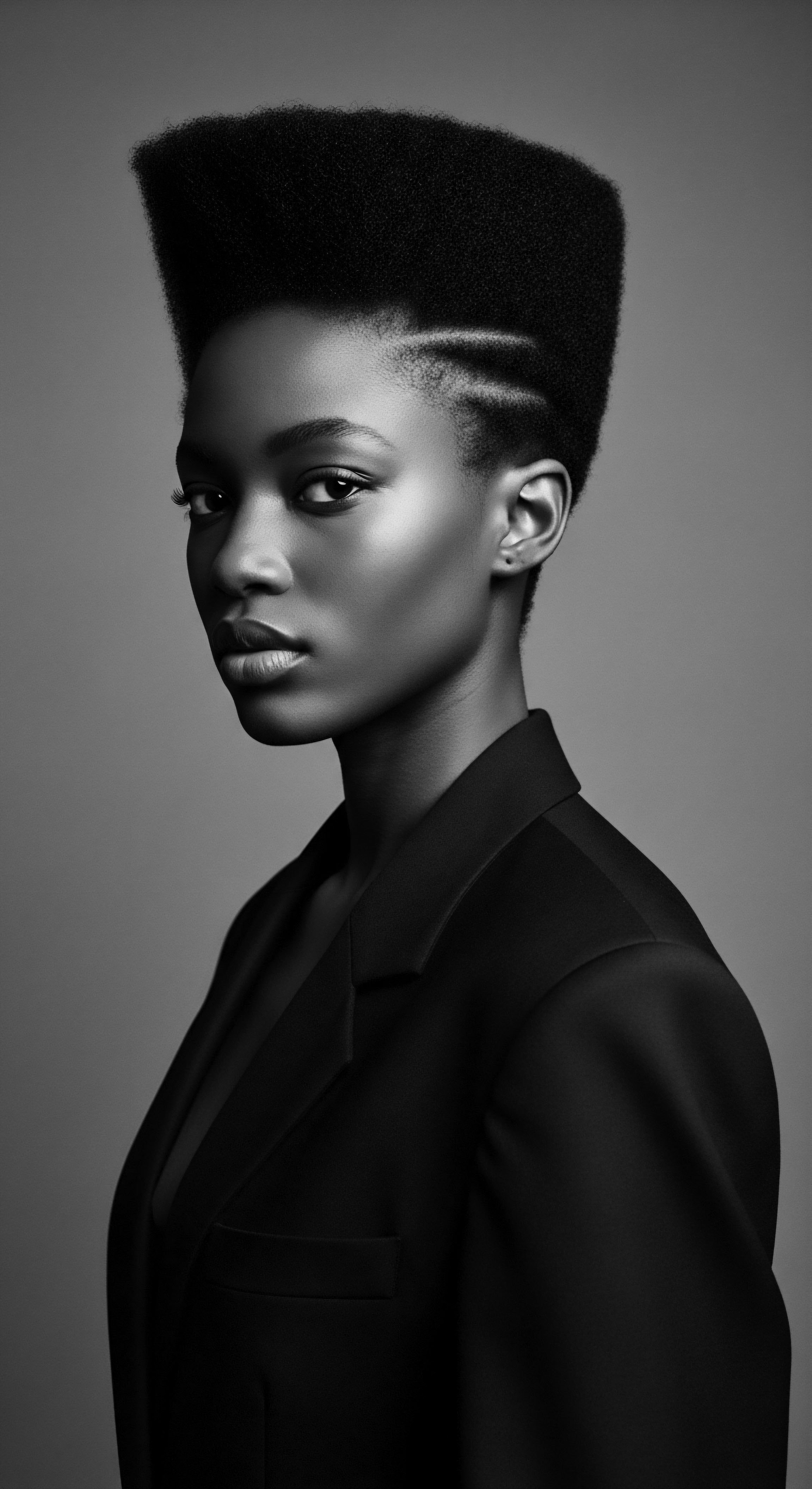
How do ancestral hair care rituals influence modern textured hair identity?
Ancestral hair rituals shape modern textured hair identity by transmitting enduring cultural pride, resilience, and wisdom across generations.
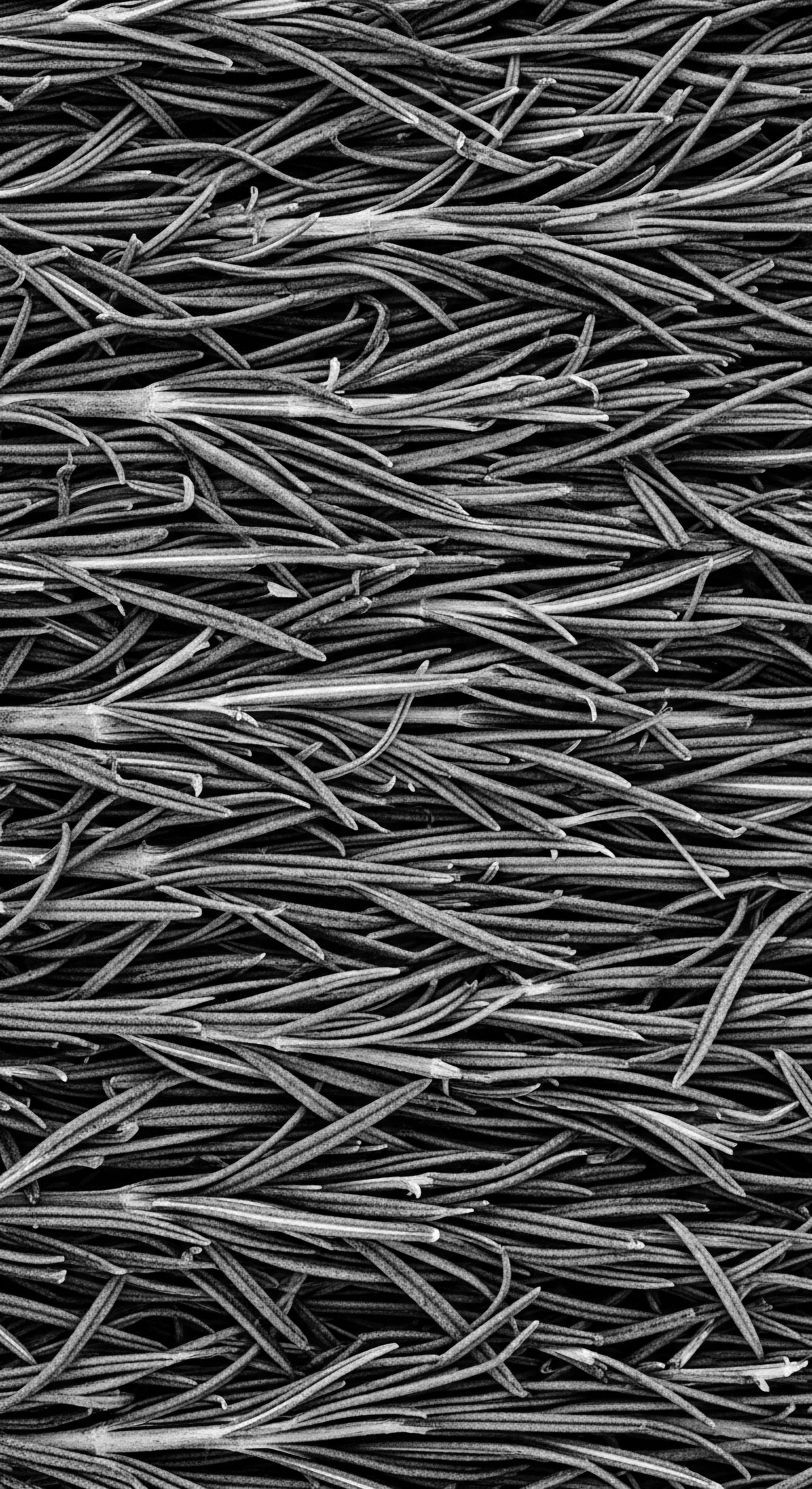
What ancestral hair care practices reveal insights for today’s textured hair regimens?
Ancestral hair care practices offer enduring wisdom on natural ingredient usage, protective styling, and holistic well-being, deeply shaping contemporary textured hair regimens through a rich heritage of resilience.
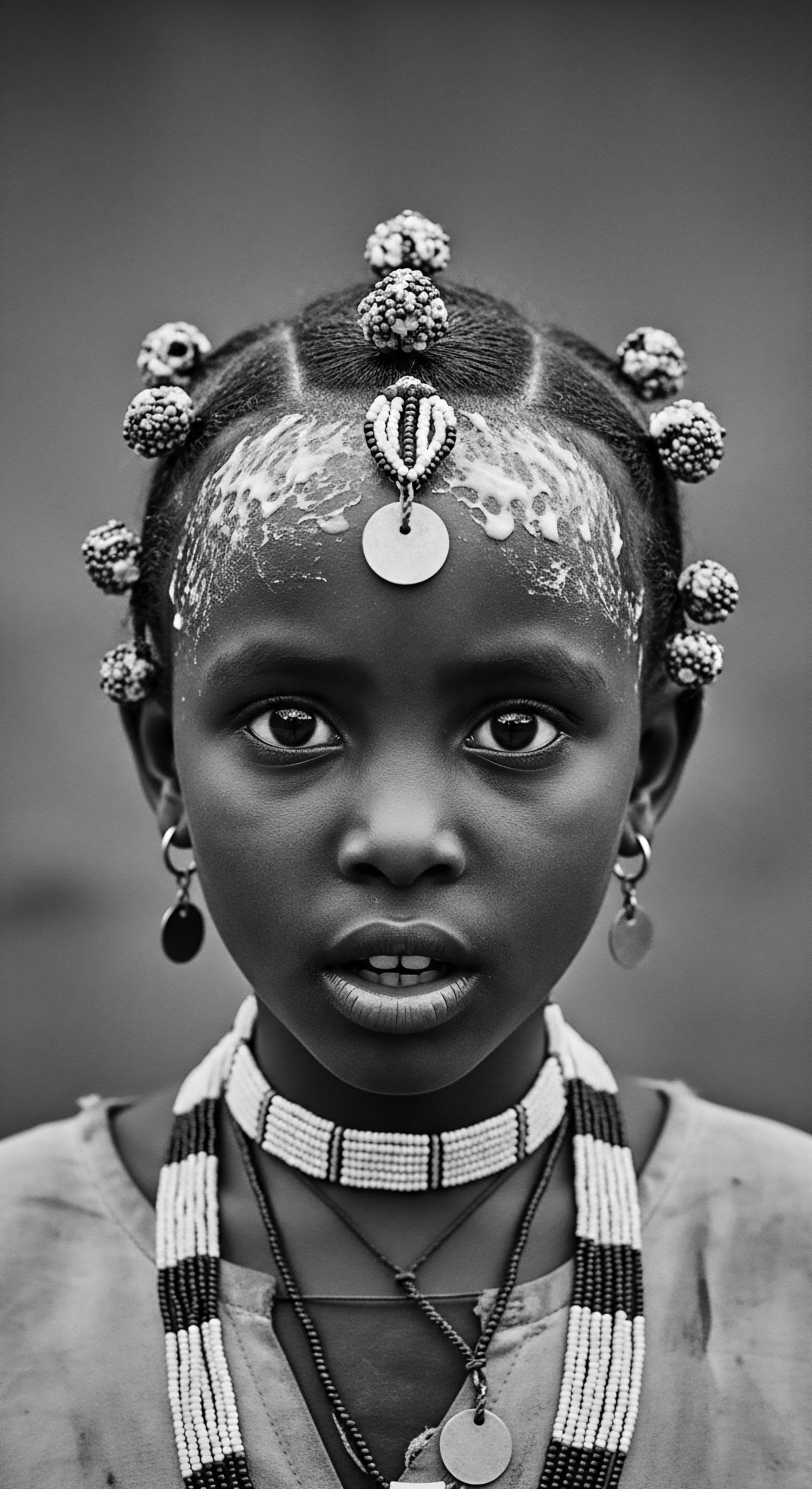
How did ancient hair practices support cultural identity and community heritage?
Ancient hair practices, particularly for textured hair, acted as powerful visual narratives, solidifying cultural identity and transmitting communal heritage across generations.
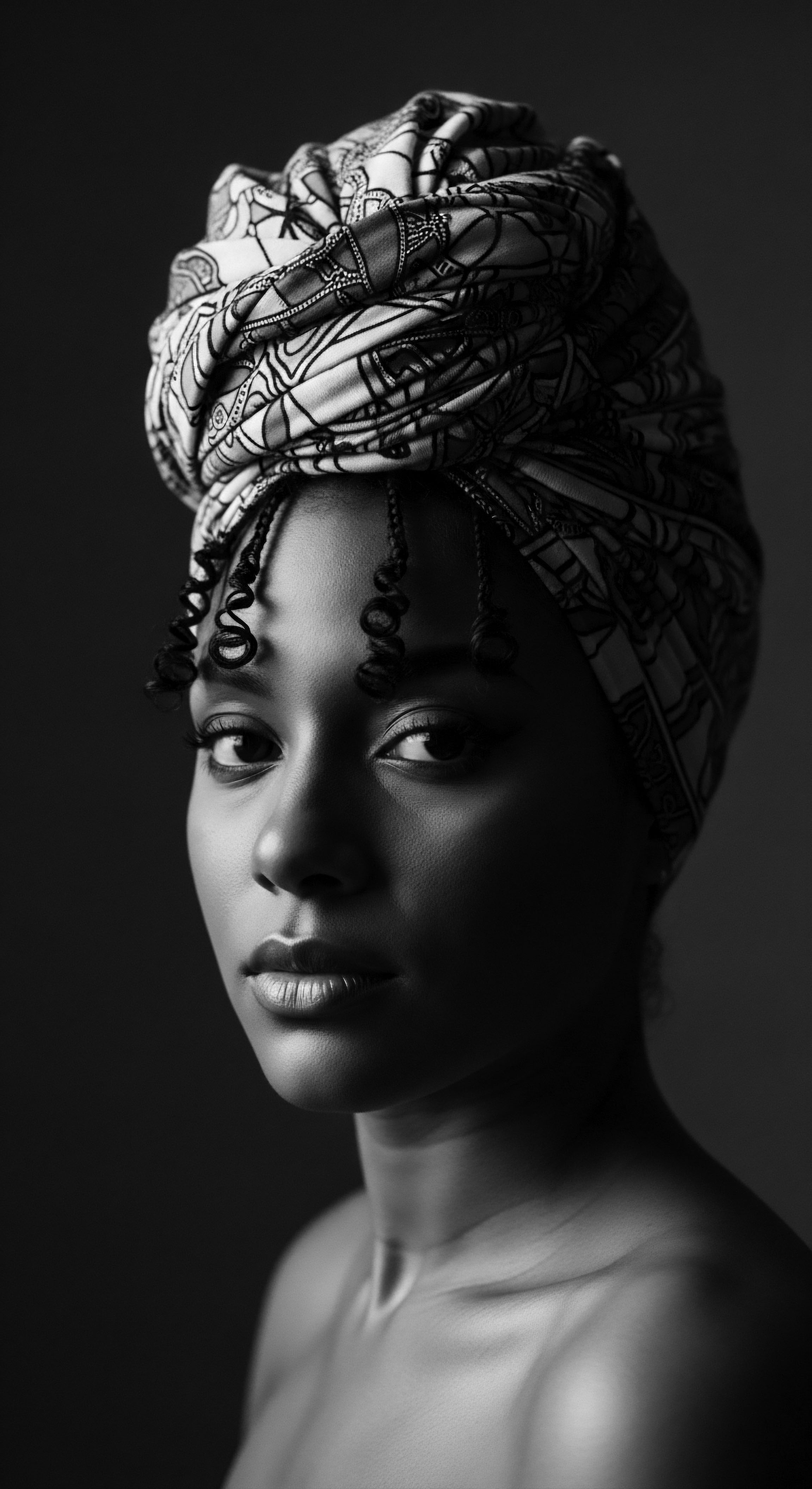
Nile Valley Hair Culture
Meaning ❉ A comprehensive exploration of Nile Valley Hair Culture's historical, scientific, and cultural heritage for textured and Black/mixed hair.
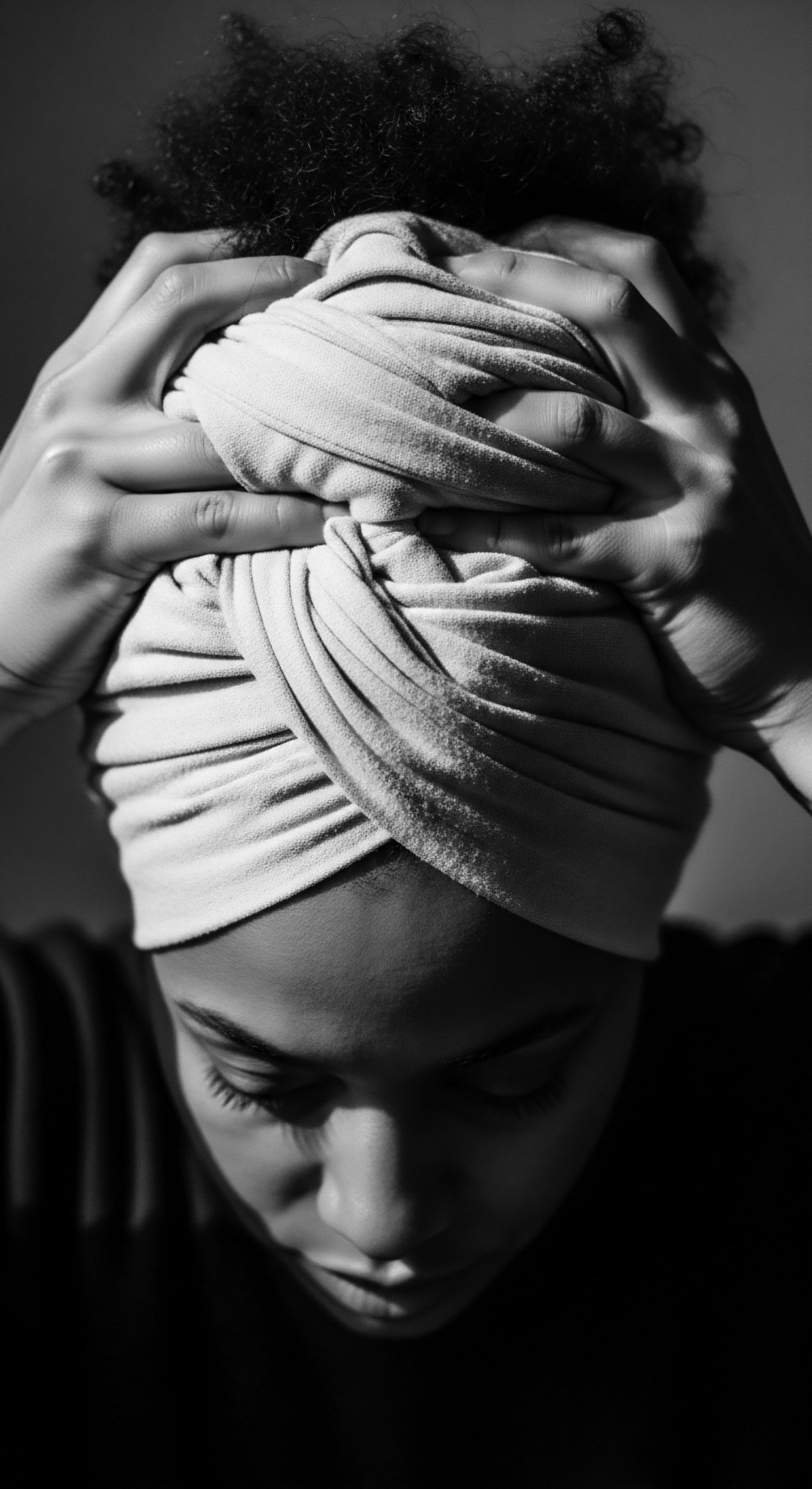
How has textured hair expressed identity through time?
Textured hair has expressed identity by signifying social status, heritage, and resistance across centuries and cultures.
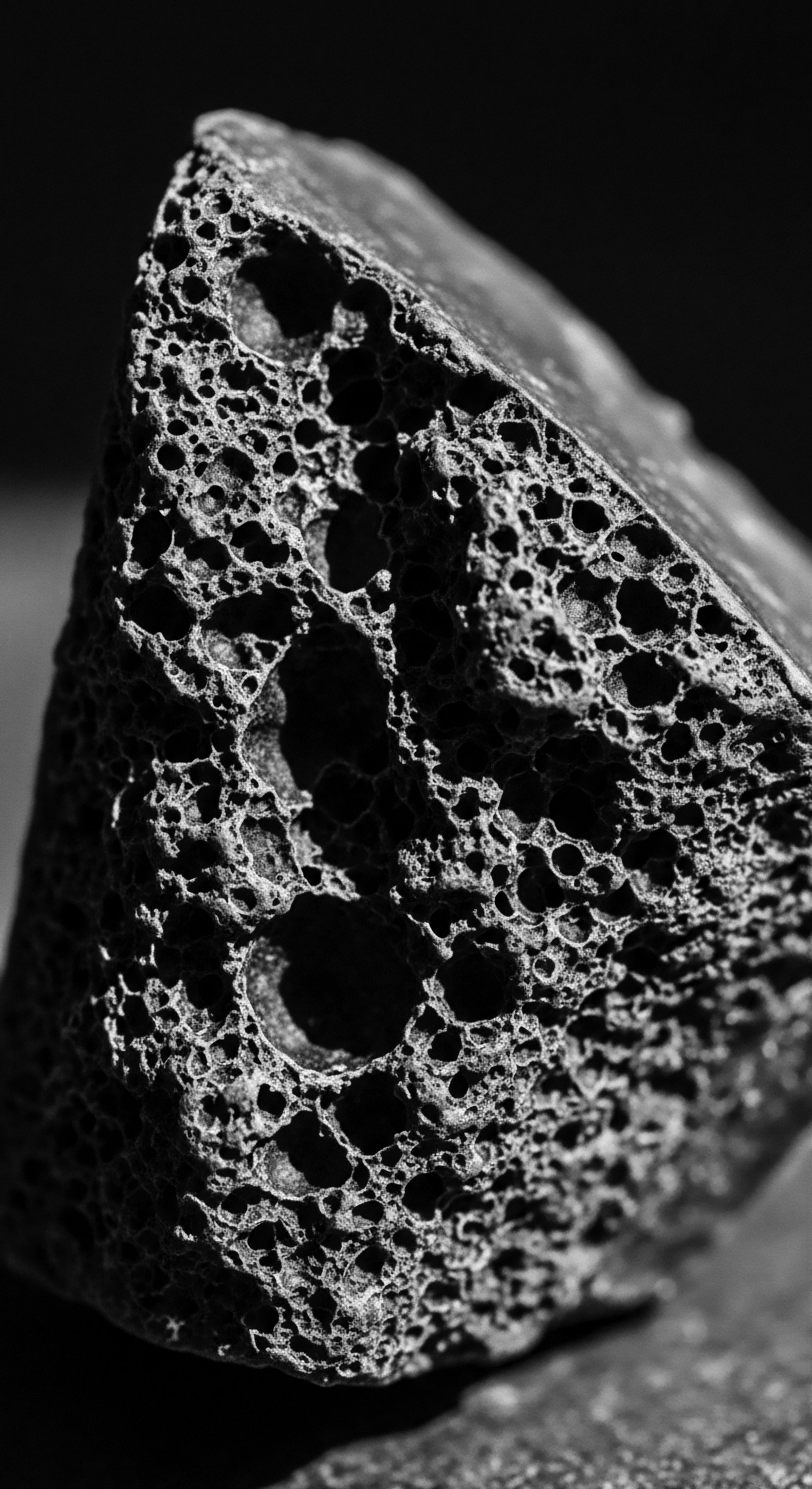
What is the ancestral understanding of textured hair biology?
Ancestral wisdom on textured hair biology rooted in practical care, communal significance, and environmental harmony.
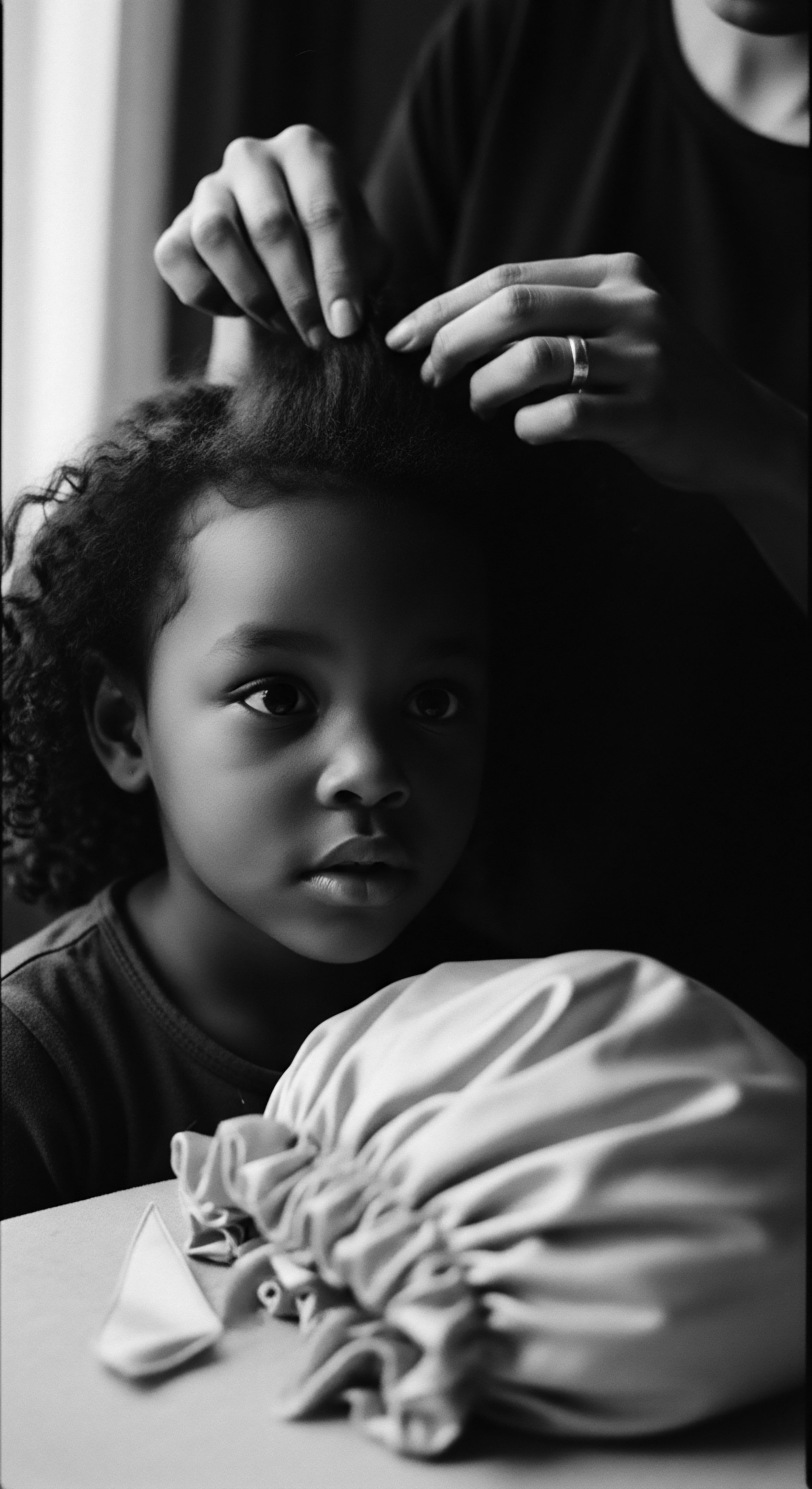
What historical hair traditions inform modern textured styles?
Historical hair traditions deeply inform modern textured styles through ancestral practices of care, community bonding, and resistance.
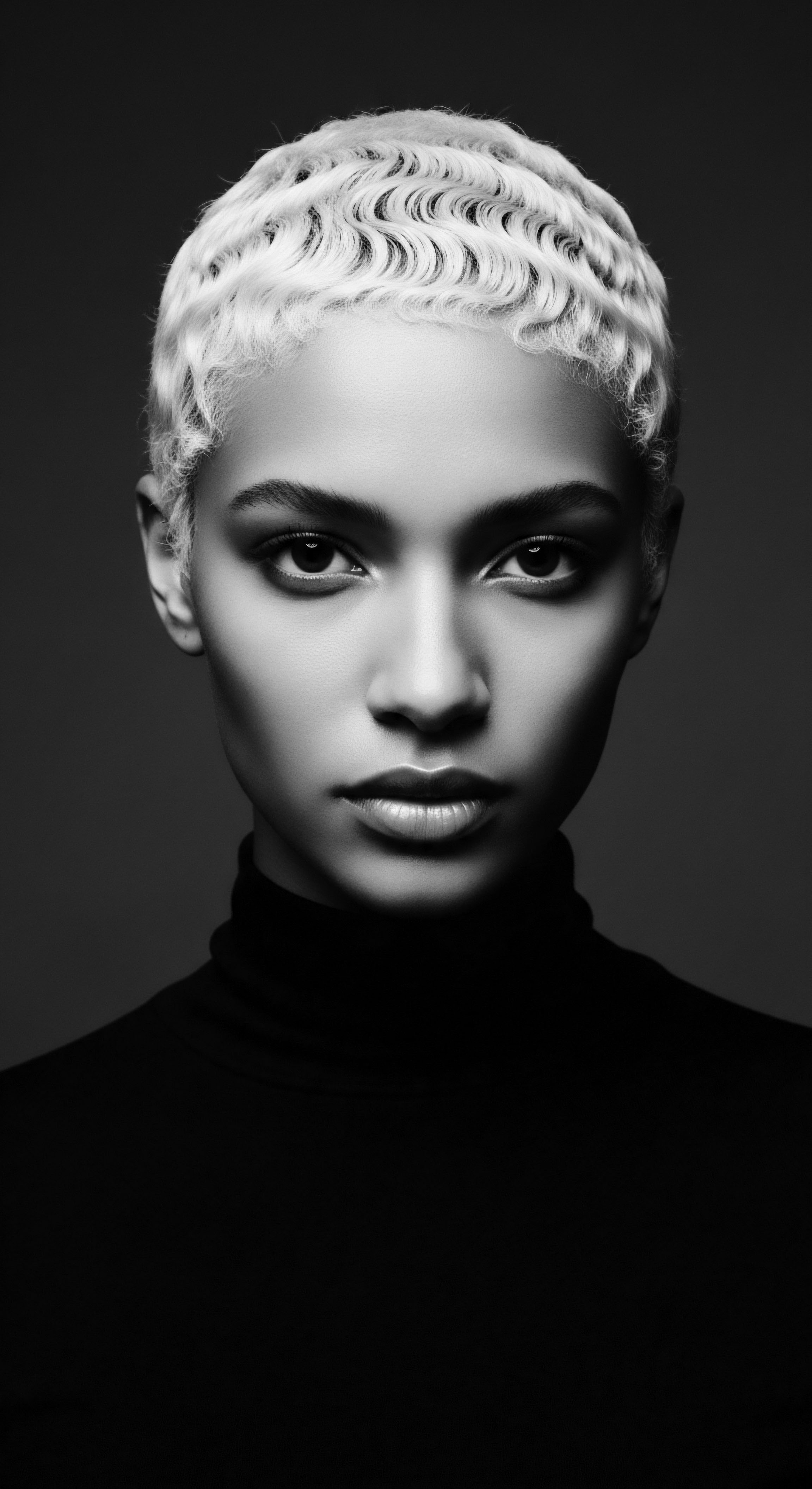
What historical role do oils play in textured hair?
Oils historically preserved textured hair and served as profound cultural conduits of heritage and identity.
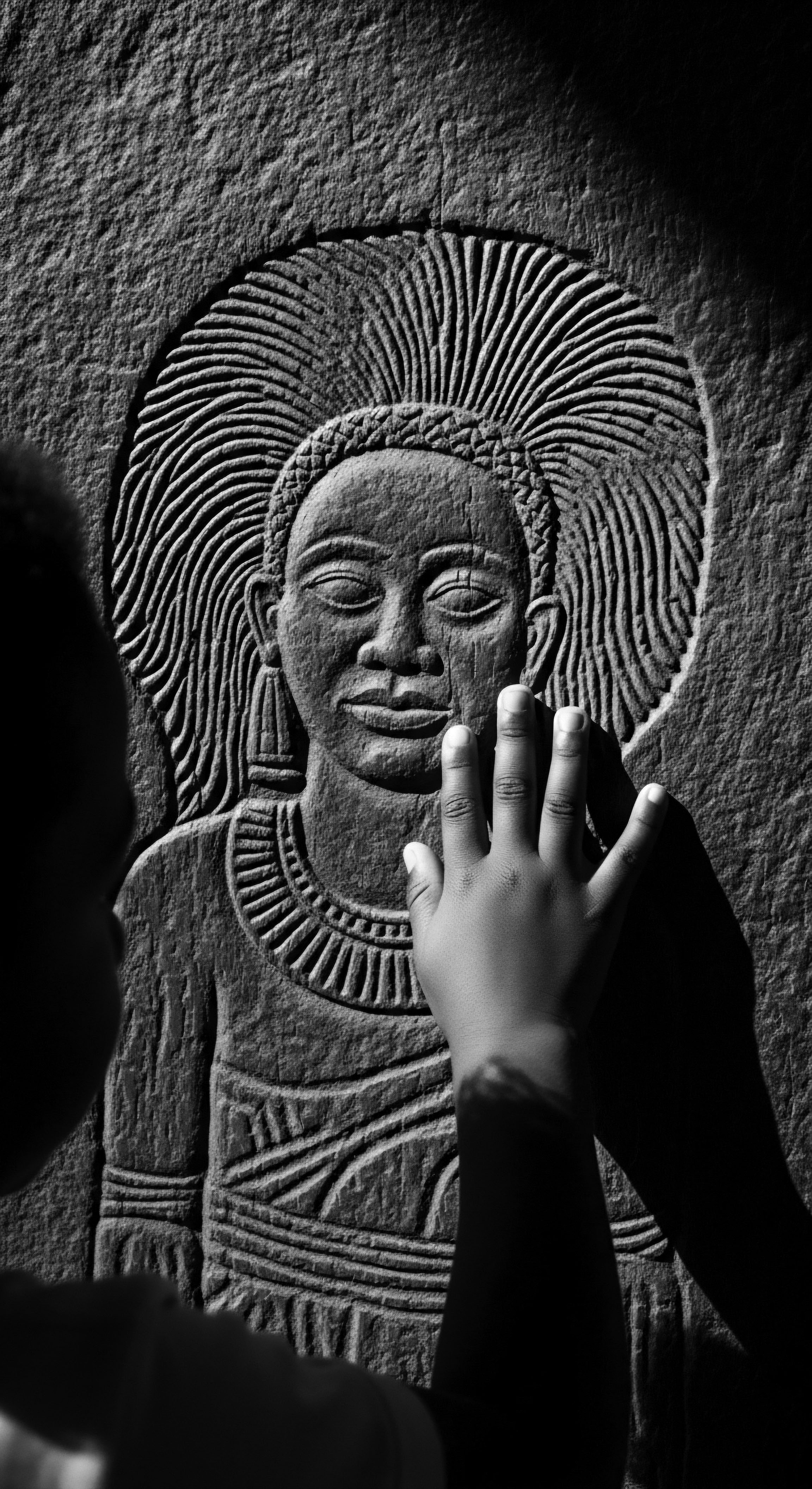
Which traditional ingredients remain relevant for textured hair?
Traditional ingredients persist for textured hair because they directly address its unique needs, preserving a rich heritage of care.
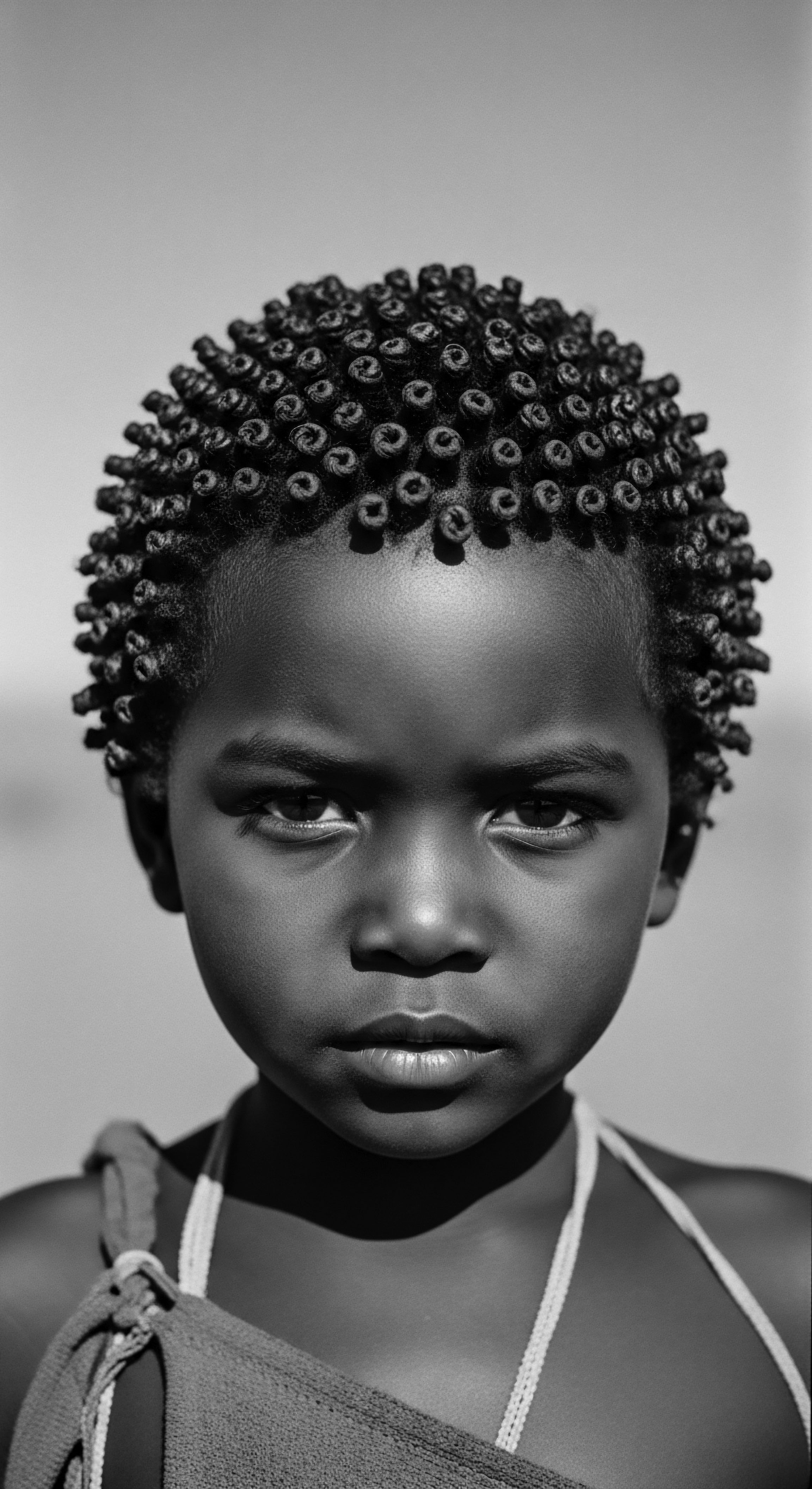
In what ways do contemporary textured hair practices reflect ancestral knowledge?
Contemporary textured hair practices directly reflect ancestral wisdom, preserving identity and culture through inherited care rituals and styling methods.
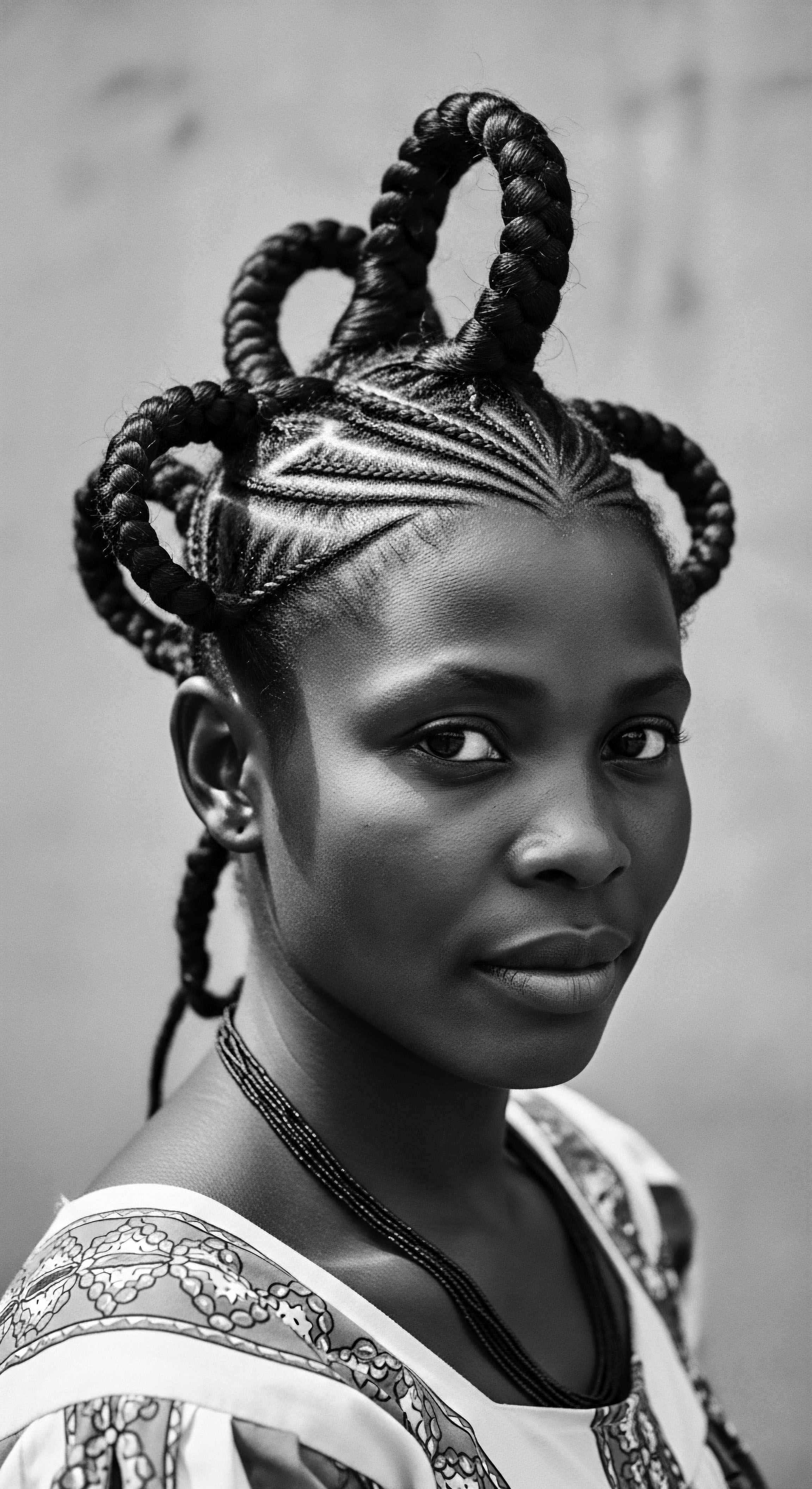
How has textured hair guided cultural stories?
Textured hair guides cultural stories through ancestral wisdom, silent resistance, and ongoing expressions of heritage.
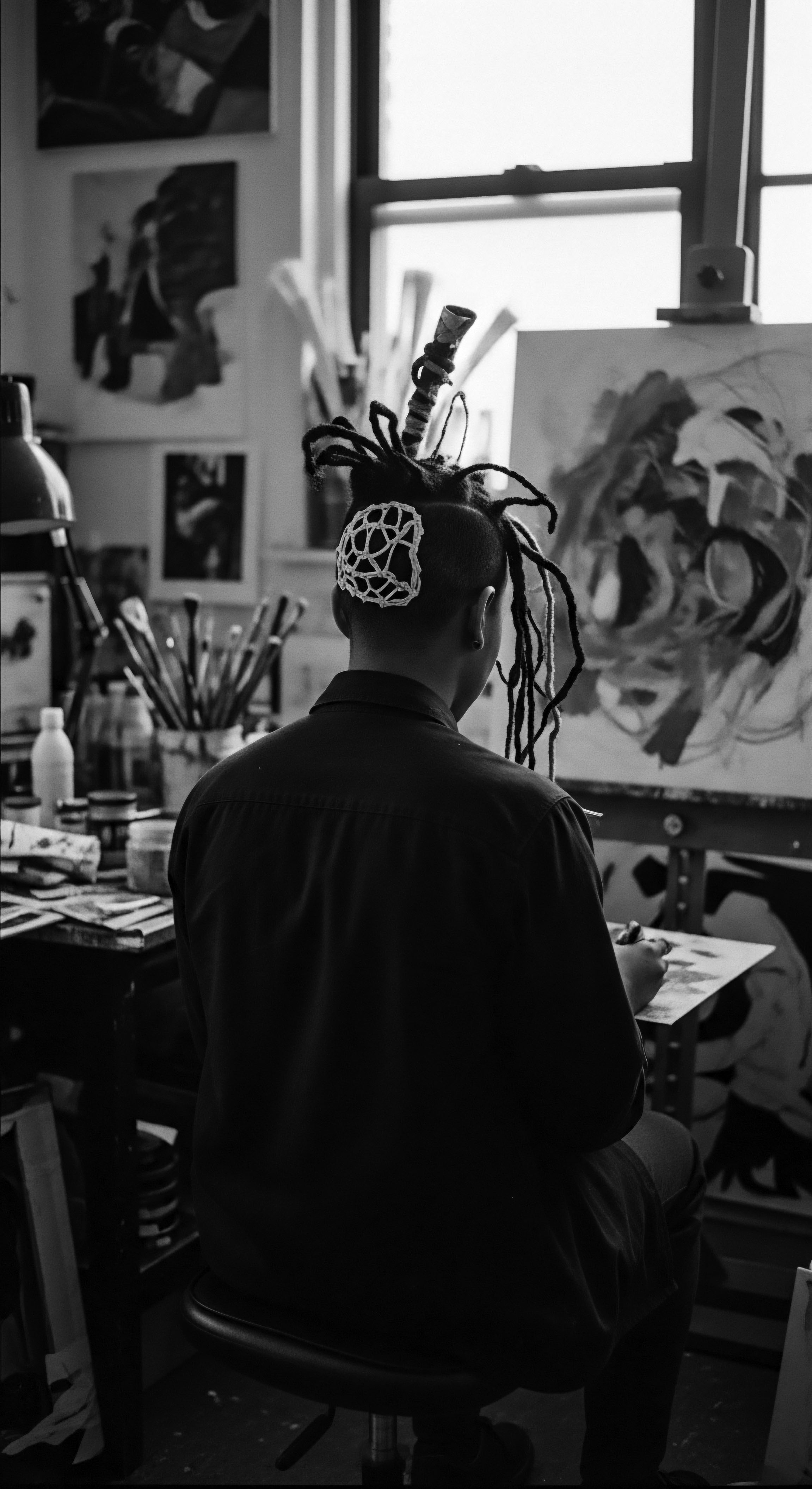
What is the historical significance of textured hair traditions?
Textured hair traditions reveal a historical chronicle of identity, resistance, and cultural expression across the African diaspora.
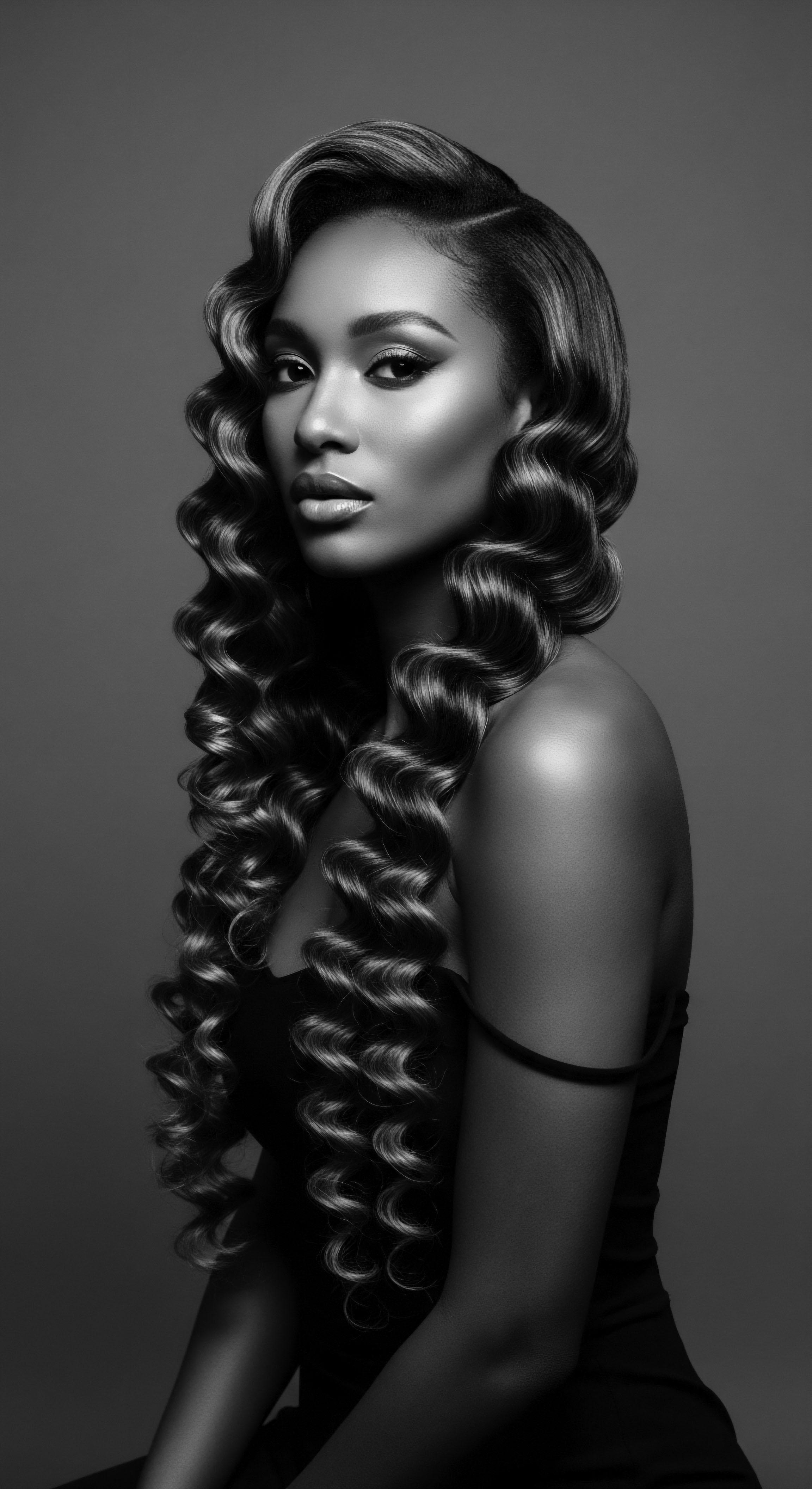
What ancestral wisdom guides gentle detangling of textured hair?
Ancestral wisdom for gentle detangling prioritizes patience, natural elements, and intuitive touch, recognizing hair as a sacred extension of heritage.
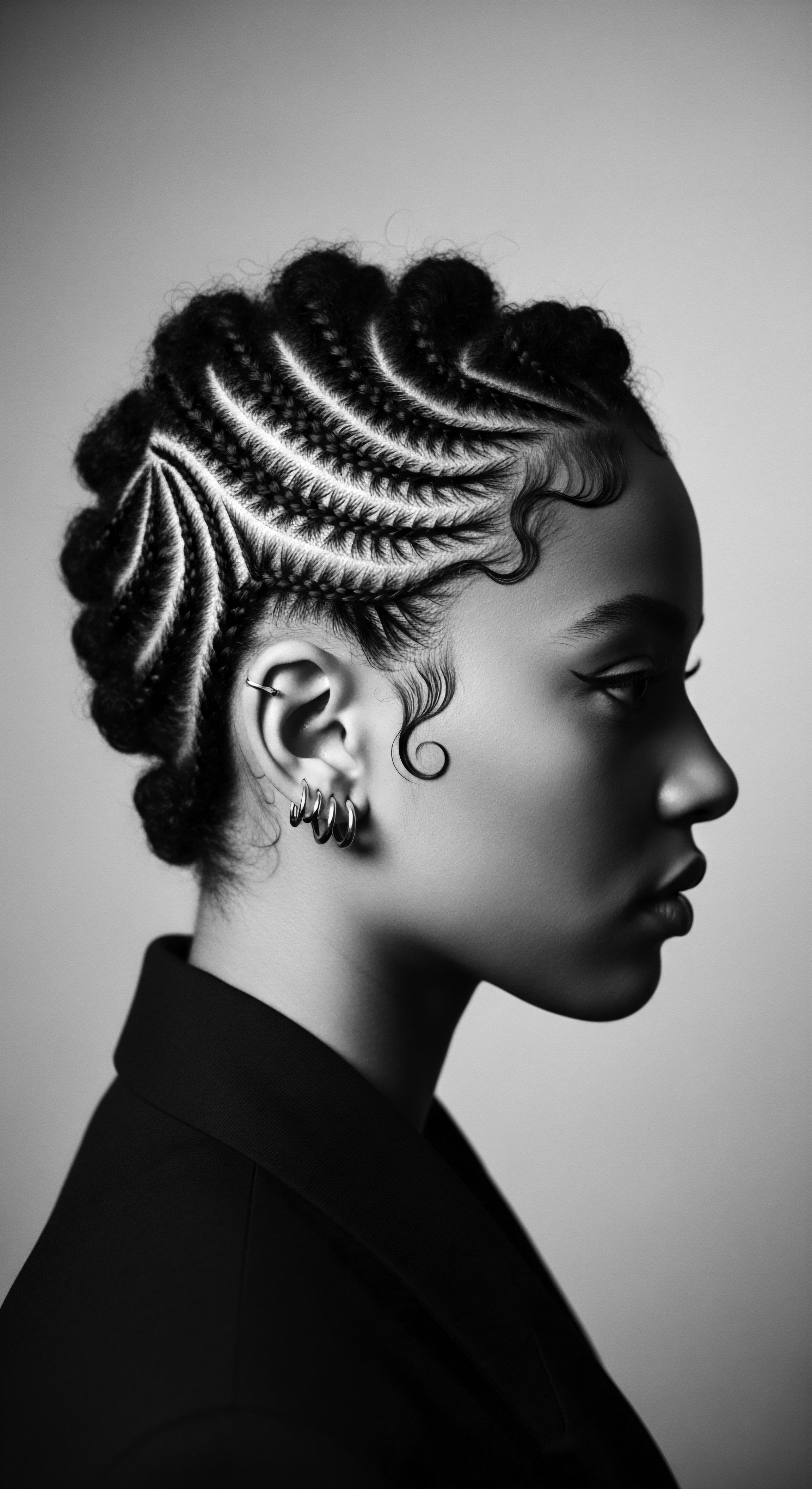
What historical purposes did hair oiling serve for textured hair?
Hair oiling historically nourished, protected, and styled textured hair, while also symbolizing deep cultural identity and ancestral connection.

